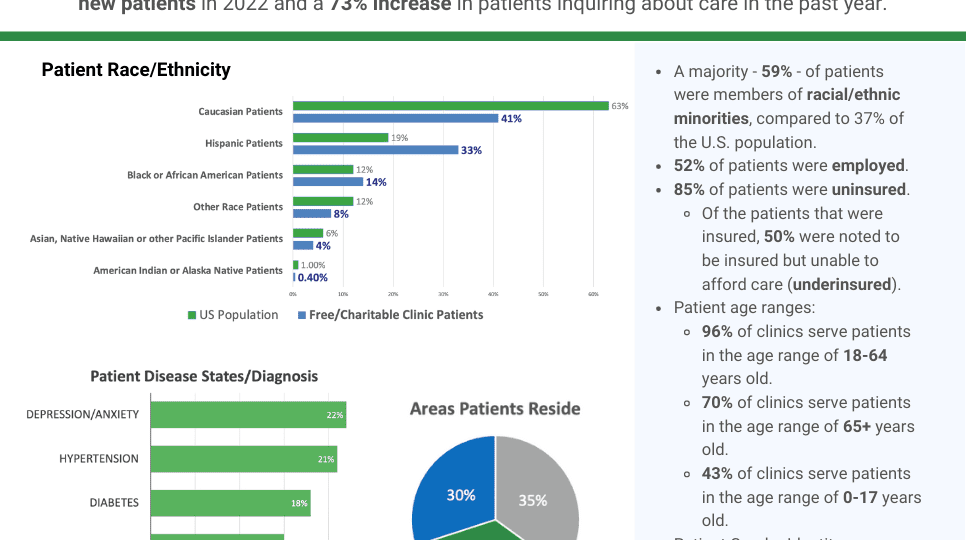

Medication non-adherence has led to at least 100,000 preventable deaths each year and $100 billion annually in preventable healthcare costs in the United States

Uninsured adults and those in worse health continue to report higher rates of not getting care due to costs
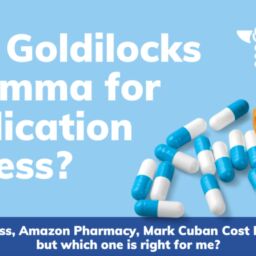
There are multiple factors that will impact an individual patient’s choice on how to go about getting their prescription medication. It can be overwhelming to navigate this complex issue.
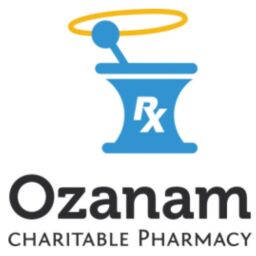
Charitable Pharmacies of America organization member receives Health Equity grant

The pharmacy industry sees at least five changes
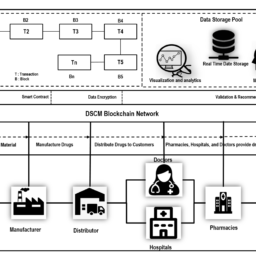
FDA approves 1 Year delay of Track & Trace requirements
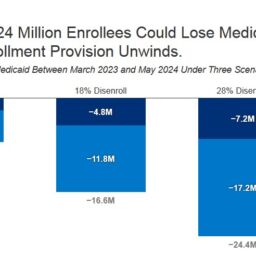
How Many People Might Lose Medicaid When States Unwind Continuous Enrollment?
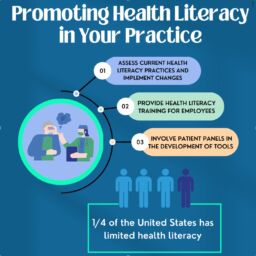
Around one fourth of the United States population does not have adequate health literacy.
Health literacy is defined as the ability to obtain, read, understand, and apply healthcare
information
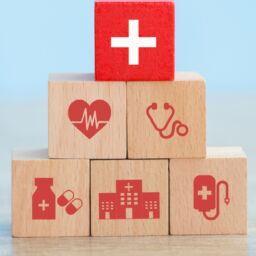
NOVA ScriptsCentral is excited to collaborate with the American Pharmacist Association to launch the “NOVA ScriptsCentral & American Pharmacist Association Safety-Net Health Equity Fellowship”.
Good Pill will provide direct access to hundreds of life-saving medications and save families $150+/month on healthcare cost

Federal/state grants are not the only gateways to funding. There are close to 750 “community foundations” nationwide which are public charities dedicated to improving the lives of people in a defined local geographic area.
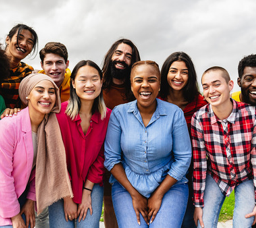
Today’s release of new 2020 Census data provides population counts of nearly 1,500 race and ethnicity groups and American Indian and Alaska Native (AIAN) tribes and villages.

An opportunity for charitable pharmacies to collaborate with oncology practices for non-oncology medications during and after treatment.
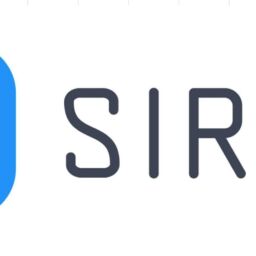
Good Pill will provide direct access to hundreds of life-saving medications and save families $150+/month on healthcare cost

Using Public Health Detailing to Increase Access and Confidence in COVID-19 Vaccines and Reinvest in Disproportionately Impacted NYC Communities Go…

